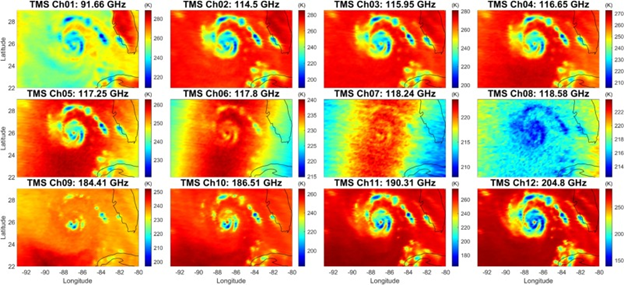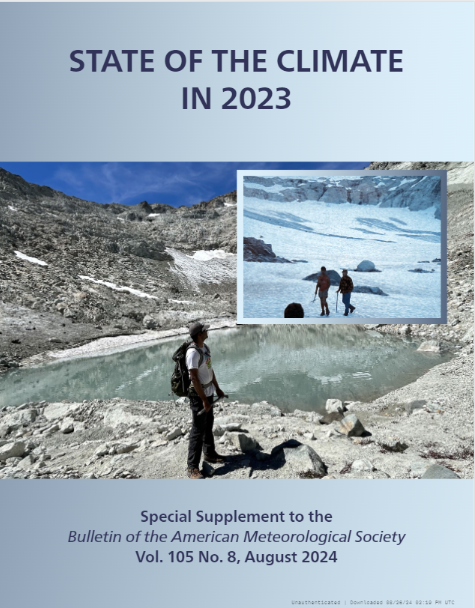Societies around the world expect and depend upon a stable, though seasonally variable, climate. Climatic events such as the El Niño/Southern Oscillation (ENSO) disrupt the normal seasonal cycle, heightening awareness that, in reality, climate can vary dramatically from year to year and significantly affect society. Over the past two decades, research has demonstrated that ENSO is an intrinsic oscillation of the coupled ocean-atmosphere system. Other, more sustained, climatic variability’s are known but not well understood, such as the changes in annual rainfall in the African Sahel on decadal and longer time scales; lengthy droughts in the Nordeste region of Brazil; and the 1930s dust bowl in the United States. The rise in atmospheric concentration of greenhouse gases and predictions of global warming and regional climate change are also relevant to studies of climate variability. Taken together, these examples demonstrate the need for better understanding of the coupled climate system, its natural variability, and its susceptibility to human influences, such as increases in radiatively active gases and atmospheric aerosols.
ESSIC’s research is oriented toward understanding, monitoring, and predicting the physical processes responsible for climate variability and predictability on seasonal, interannual, decadal, and centennial time scales. This research theme encapsulates the expertises of Aerosol/Cloud Physics/Radiation, Atmospheric Chemistry/Carbon, Numerical Modeling/Data Assimilation, and Weather/R-to-O.
Key components of the research strategy include:
- Focusing on the role of the coupled ocean and atmosphere within the overall climate system (with emphasis on ocean variability) on seasonal to centennial time scales;
- Developing data assimilation methods to merge remotely sensed and in situ observations with models of the climate system;
- Developing and applying regional and global models of the coupled climate system;
- Analyzing remotely sensed, instrumental, and quality-controlled paleoclimatic data sets;
- Studying the response of the climate system to increases in radiatively active gases and aerosols, and to changes in land surface;
- Exploring the predictability of climate variability and climate change, and improving predictions using existing, re-analyzed, and new global observations, enhanced coupled ocean-atmosphere-land-ice-ecosystem models, and paleoclimate records.
In The News
![Figure 3. Monthly TPW anomaly time series shown in red for ERA5 and blue for MiRS SNPP, 2012-2021. The straight lines are the linear regression fits. [a] is for global, [b] for Tropics, and [c] for mid-latitude regions, respectively.](https://essic.umd.edu/wp-content/uploads/2024/11/grassotti-zhou.png)






